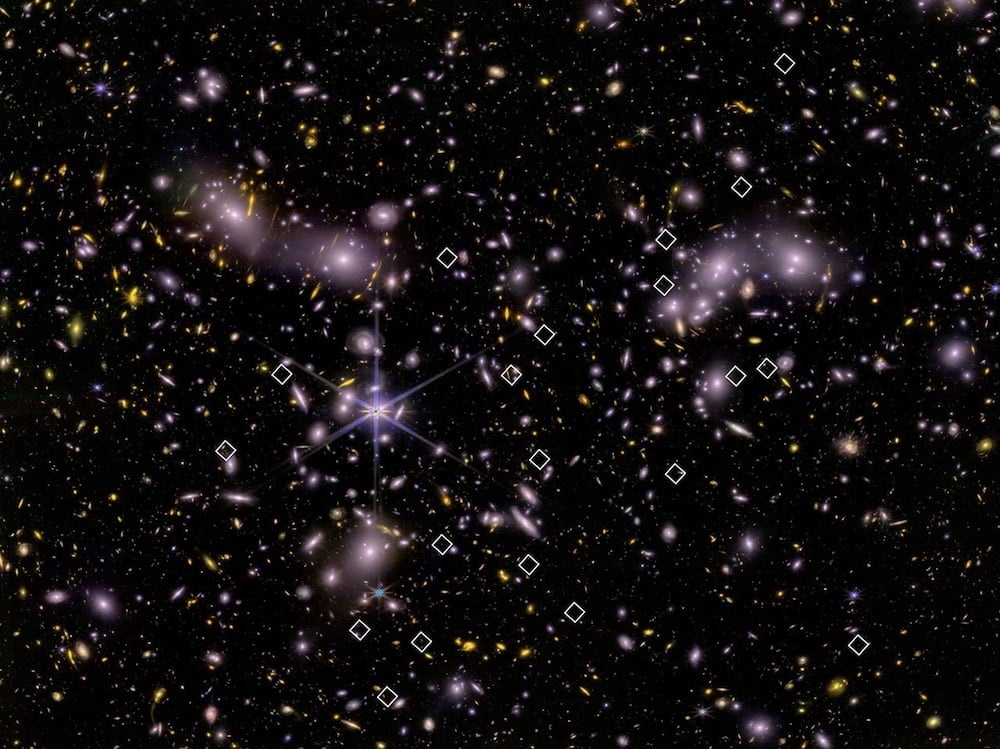
The early universe was shrouded in darkness. Just hundreds of millions of years after the Big Bang, a thick fog of hydrogen gas choked the cosmos, blocking light from traveling far. At some point, this gas became ionized, stripped of its electrons. Thanks to the James Webb Space Telescope, astronomers have identified the culprit: low-mass starburst galaxies emitting huge amounts of ultraviolet light. In just one patch of sky. They discovered 83 of these galactic powerhouses in one part of the sky at a time when the Universe was only 800 million years old.
No comments:
Post a Comment